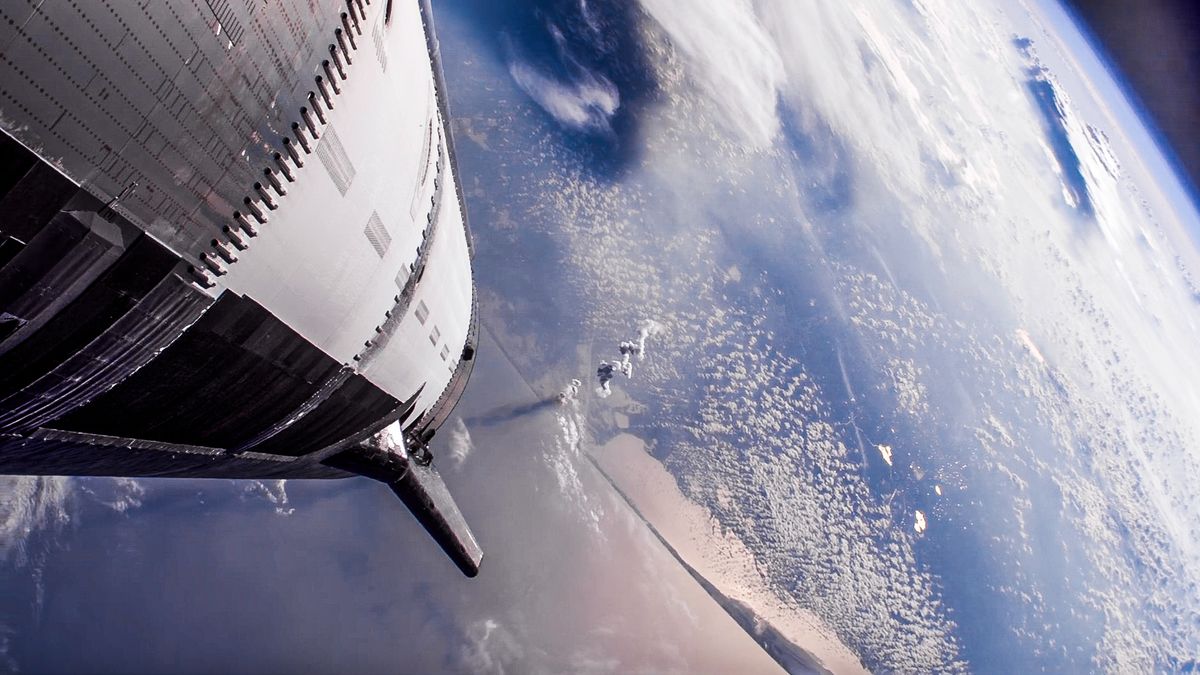Now Reading: Japan’s ispace Resilience Probe Set for Lunar Landing on June 5: Timing Details
-
01
Japan’s ispace Resilience Probe Set for Lunar Landing on June 5: Timing Details
Japan’s ispace Resilience Probe Set for Lunar Landing on June 5: Timing Details

Fast Summary
- Event Schedule: Japanese company ispace’s private lunar lander, Resilience, will attempt to land on the moon on June 5, 2025 (3:24 PM EDT/4:24 AM JST on June 6).
- Mission Objective: The mission aims for a accomplished lunar landing at Mare Frigoris (“Sea of Cold”) in the moon’s northern hemisphere as part of Hakuto-R Mission 2. Backup landing sites are pre-considered.
- Launch Details: Resilience was launched via SpaceX Falcon 9 rocket in January and took a low-energy transfer path to reach lunar orbit on May 6.
- payloads: Experimental instruments onboard include:
– Water Electrolyzer Experiment for generating oxygen/hydrogen from moon water.
– Algae-based food production module testing edible algae growth.
– Deep Space Radiation Probe monitoring cosmic radiation levels throughout the flight duration.
– Microrover “Tenacious,” equipped wiht cameras and sampling tools, plus an art installation called “Moonhouse.”
- Duration & Activity: Expected operational life on the surface is two weeks (one lunar day), but the full journey spans five months. Scientific experiments and sample collection are planned during this period.
Indian Opinion analysis
Ispace’s private space mission exemplifies growing global interest in commercial lunar exploration. The inclusion of unique payloads such as experiments related to algae-based food production and hydrogen generation from moon resources could contribute significant insights into future lasting living solutions beyond Earth-an area likely relevant for countries like India pursuing ambitious space goals under ISRO’s Gaganyaan program or chandrayaan missions.
For India, which shares its aspirations toward expanding scientific research capabilities in space alongside forging international collaborations for exploration projects, such feats by foreign private entities mark both potential competition and inspiration.as efforts heighten globally toward harnessing extraterrestrial resources sustainably while maintaining cultural interdisciplinary activities (e.g., Moonhouse artwork), India’s strategic alignment with advanced technologies will effectively position it within this domain’s emerging ecosystem.
Read More: https://www.space.com/space-exploration/missions/what-time-is-japan-ispace-resilience-moon-landing























